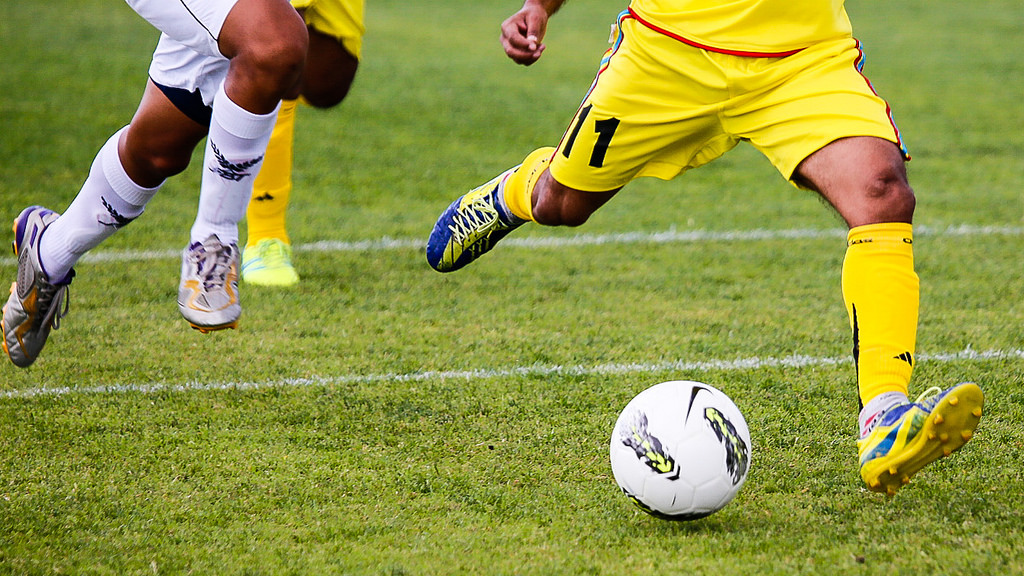If you’re an athlete or you watch sports, you may have heard the common phrase, “tearing your ACL”. It may bring up painful memories if you’ve experienced it firsthand, or if it happened to your favorite football player. However, tearing an ACL is not the end to a sports career. Let’s first delve into what an ACL is.
The ACL is known as the anterior cruciate ligament, which helps to control and stabilize the back-and-forth motion of your knees. People who participate in high-contact sports like soccer, football, and basketball are more susceptible to tearing their ACL than others.
The ACL can be injured by pivoting or sidestepping rapidly, stopping suddenly, landing awkwardly from a jump, or having a direct collision to the knee. According to some studies, female athletes have a higher likelihood of ACL injuries in certain sports due to differences in physical conditioning, muscular strength, and estrogen levels.
Symptoms of ACL Tears
If you tear your ACL, you will likely hear a “popping” noise and feel as if your knee gave out from under you. The pain will be instantaneous. Additionally, you may experience swelling in your knee, loss of motion in your leg, and discomfort while walking, depending on the severity of the tear.
Image Source: Ralph Waclawicz
Non-surgical treatments, such as wearing a protective brace on your knee and physical therapy, may be effective for patients who are less active and elderly. A young athlete wishing to continue playing sports will definitely require ACL surgery. With surgery, the doctors will replace the torn ligament, the tissue that connects the bones, with a tissue graft. The tissue graft is obtained from preexisting tissues surrounding the kneecap. It allows a new ligament to grow and stabilize the knee. After the tissue graft, it takes about four to six months of physical therapy to recover from surgery and to regain balance and control in the leg.
One way to prevent ACL tears is to warm up and stretch before engaging in any physical activity. Another important tip is to strengthen your hips and thighs, which support your knees, by doing squats and lunges. Developing balance and keeping your knees directly over your feet as you move, land, and stop are also important to avoiding injury.
Should the fear of injury, specifically ACL injury, stop you from playing sports? The answer is different for everyone, but regardless, please take care of your knees by doing stretches and strengthening exercises before engaging in high-contact sports. After all, you only get one pair of knees in your lifetime!
Featured Image Source: Special Olympics 2013 Asia Pacific Games by Vivian Hayles










